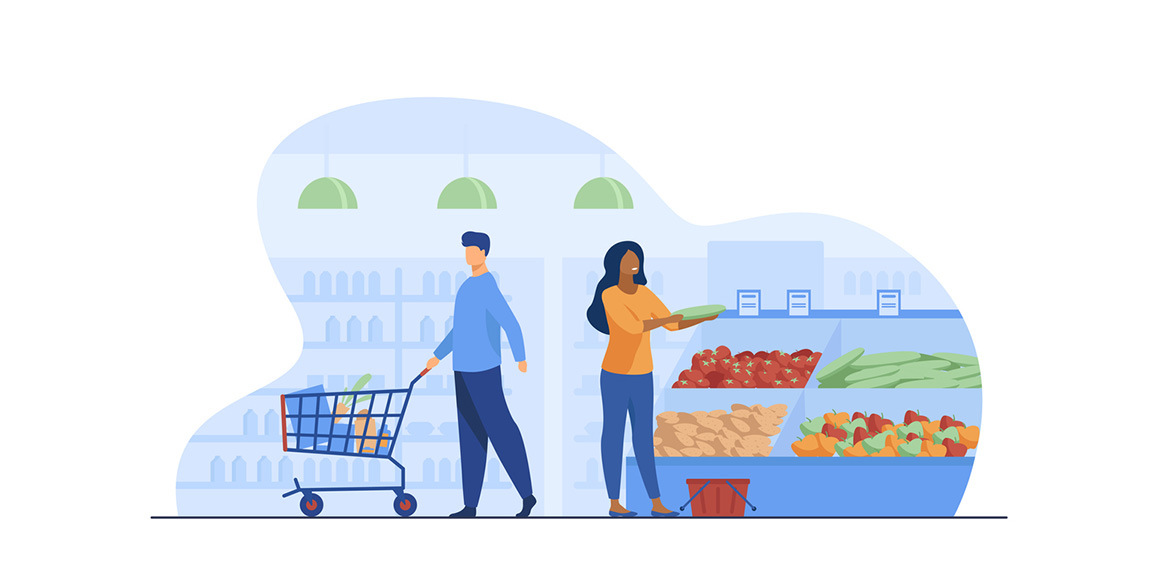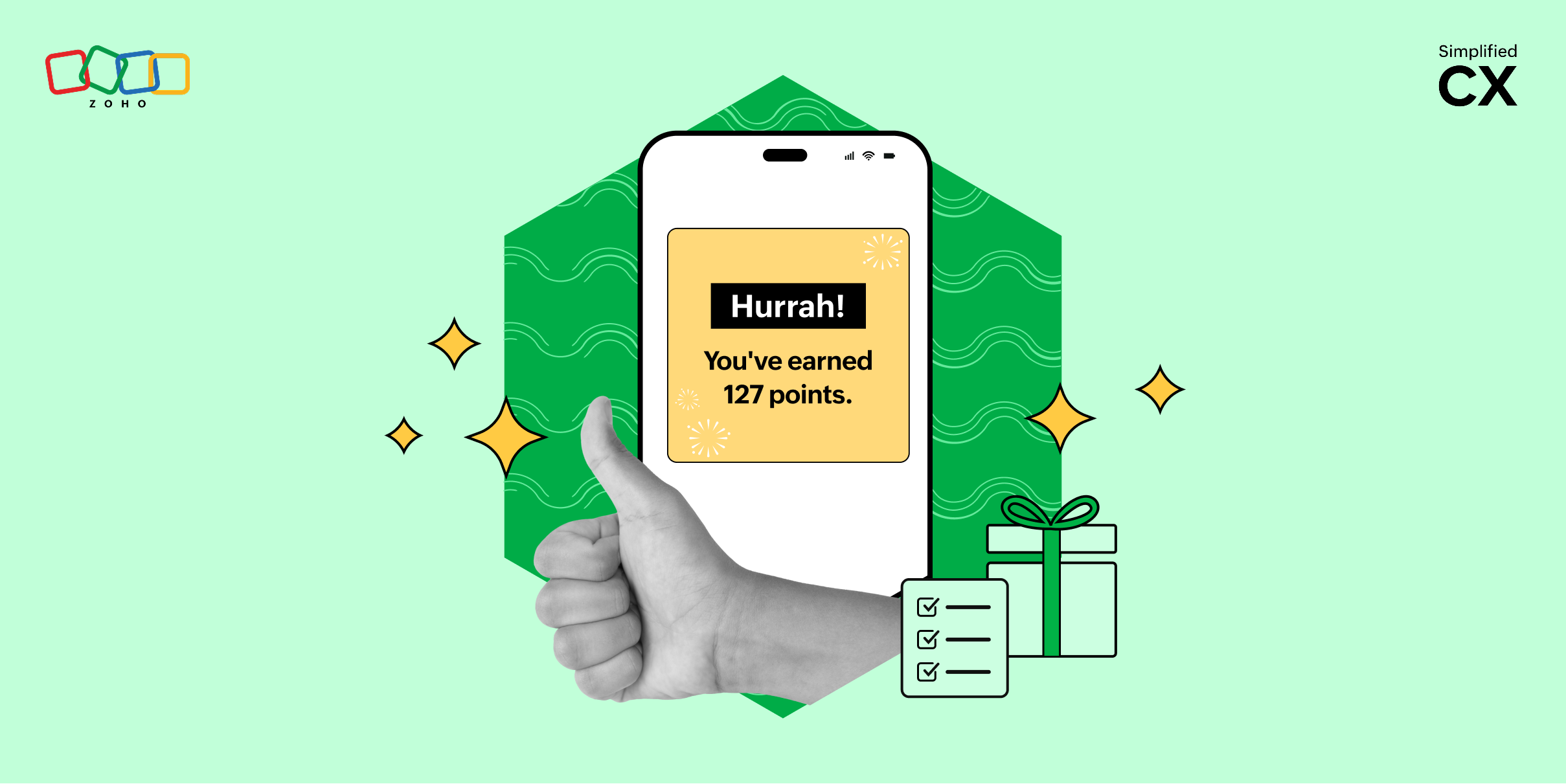Four more lessons in selling that I learned as a customer
- Last Updated : November 2, 2023
- 168 Views
- 6 Min Read

Over a year ago, I shared four basic lessons in selling that I learned through my experience as a customer. Well, 365 days and at least 150 transactions later, I believe I'm now in a position to share a few more lessons in selling that I learned as a customer.
Let's jump into them right away, shall we?
A couple of months ago, I had gone veggie shopping at a well-known grocery chain outlet in my locality. Having collected all the items that I needed, I pushed my cart to the checkout counter and let the cashier do her work. A minute or two later, I realized that I didn't need one of the items and informed the cashier. To my surprise, she said that the item had already been added to the invoice and that it couldn't be removed from the final receipt. She revealed that the management has configured the billing software such that an item can't be deleted once it's added, and that they haven't changed it despite repeated complaints from customers.
Though the cashier was apologetic about this problem, there wasn't much she could do; it was beyond her pay grade. I ended up buying the item because it cost only about ₹ 130 (less than $2), but I was stumped by the management's indifference and inaction in this regard.
So the first lesson is this:
Never make life difficult for your customers.
This might seem like a basic tenet that businesses instinctively adhere to, but a number of places—like the one I've written about—don't seem to practice it. In terms of bigger enterprise-level interactions, as opposed to grocery shopping, this could mean things like lengthy waiting times in support calls, a lack of transparency, and even vendor lock-ins.
Success is all about experience today, and it's vital that you focus on providing a consistent positive experience for your customers, whether it's pre-sale, during the sale, or post-sale. And when it comes to experience, even the small things make a big difference. So take an objective look at your processes and policies and remove those that contribute to negative customer experiences. It's all the more important to engage in this exercise because customers truly have a voice today—and a strong one at that. Any sane business mind would recommend making sure that this voice says only positive things about you.
*******
Sometime in the middle of last month was our wedding anniversary. I decided to get my wife a little surprise gift after having breakfast: a bunch of flowers of a particular variety strung together, which she had wanted to wear in her hair for a long time (this is something that women enjoy doing in India and in a few other Asian cultures). I went to a little roadside shop that sells floral garlands and strung flowers and asked the vendor if he had the particular variety of flowers I was looking for. He replied that he didn't have them, but added that I could get them at a different shop about a mile or so away. I thanked him with a smile and went to the place he suggested.
And that's how this owner of a small business taught me a big lesson in selling.
Suggest alternatives when you can’t meet a requirement.
Most of the time, customers have a problem that needs to be solved and approach a business that offers a solution. If you don't have the solution the customer seeks, you can admit it openly and the customer will move on. However, if you let the customer know of any alternatives that they can explore, it makes them respect you more and remember you for a long time. What this gesture means to them is that you were more concerned with helping solve their problem than with making a sale. Though they go away empty-handed, they still carry a positive experience from the interaction. So when they have a different requirement in the future, there's a high likelihood that they'll come to you. However, the onus of improving your capabilities in the meantime is completely on you!
On the other hand, if you try to close a sale despite knowing well that your solution doesn't meet the customer's requirement, you may end up losing their trust, and in turn, future opportunities.
*******
In my first blog post, I mentioned a brand that delivers dairy products through an app-based subscription model. I had written that their customer support wasn't up to the mark and that they seen-zoned me. However, in an ironic twist of fate, we ended up becoming their customers a few months later, and they're now our regular supplier of milk.
In all this time, I've noticed that every once in a while, they provide a complimentary sample of any new product that they bring to the market. It's almost like an occasional surprise gift from their end—a small pack of flavored buttermilk one day, or a little box of butter another. I soon realized that they were doing this so that I'd spend more if I liked what I got without spending anything.
So that's how a brand that earlier inspired a sales lesson in a negative way has now inspired another lesson in a positive manner.
Provide free experiences to generate curiosity and gauge interest.
This is a practice that businesses have followed for a long time now. A good example would be pop-up stalls in supermarkets that sell, say, chips, dips, sauces, etc. In more recent times, most SaaS companies provide at least a 14-day free trial of their products to their prospects. For that matter, even a test drive of a car is a way to let customers get an experience of the offering free of cost.
So if this isn't yet a practice in your organization or industry, explore ways to adapt this idea and offer something similar to your customers. Additionally, by giving free samples of new offerings to old customers, you can collect honest feedback and improve your offerings before they hit the wider market.
*******
My wife recently bought a set of designer jewelry from a small business owner on Instagram. The packaging was neat, the jewelry matched the appearance in the photos, and there were tiny plastic hearts strewn inside the package to enhance the aesthetic. But, most importantly, there was a handwritten note from the seller, wherein she thanked my wife for trusting her and buying from her. In addition to all of this, the seller also sent via Instagram a set of usage and care instructions to follow.
We were thoroughly impressed by the amount of thought that went into the whole thing and cherished the positive experience we got. This would translate into word-of-mouth marketing when someone seeks a recommendation from us, and we'd even consider buying from the seller again if we want to gift designer jewelry to someone else.
So the lesson here is:
Personalize and forge strong relationships.
Much like in personal relationships, business transactions can form long-lasting bonds if the customer ends up feeling valued. And the easiest way to achieve this is through personalization. Get to know your customers better and learn what matters the most to them and what doesn't. When you tailor your offerings and communications based on these findings, you stand a better chance of striking a chord with your customers.
However, make sure that you indulge in this exercise sincerely and don't just look at it as a "strategic move". Lack of genuineness and diligence is what leads to awkward automated mails that begin with "Hi, $customer.name" and not "Hi, Josephine". That's not something we want our customers to see, right?
That brings us to the end of this article. You noticed the singular underlying theme across all these lessons in sales, right? Focus on CX. Strive to improve the CX you provide and make sure it's consistently positive. This is one of the primary goals you have to achieve to bring in more sales. Have any similar anecdotes or sales lessons from your own experiences? Feel free to share them in the comments!


